Home>diy>Building & Construction>What Is Signage In Construction
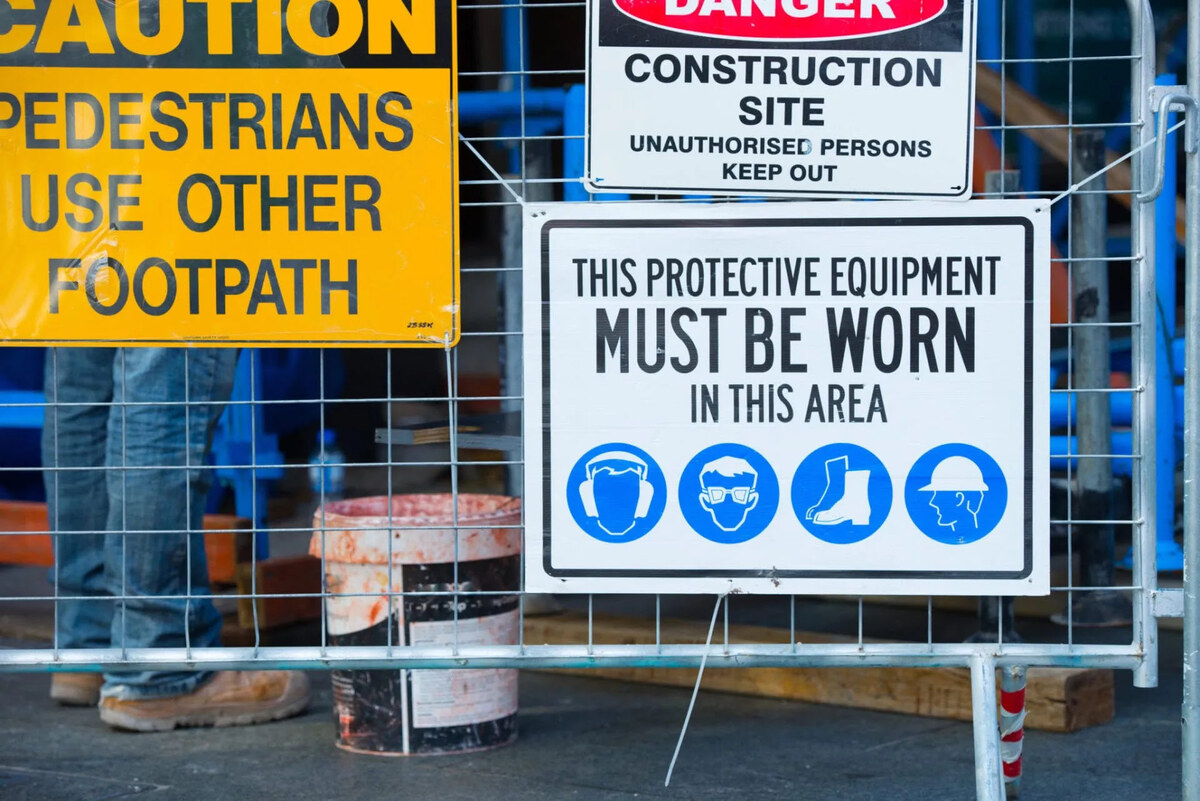

Building & Construction
What Is Signage In Construction
Modified: January 5, 2024
Learn the importance of signage in building construction and how it enhances safety, communication, and branding. Find out why it's a crucial aspect of any construction project.
(Many of the links in this article redirect to a specific reviewed product. Your purchase of these products through affiliate links helps to generate commission for Storables.com, at no extra cost. Learn more)
Introduction
When it comes to the construction industry, safety and organization are paramount. The complex nature of construction sites and the multitude of activities being carried out make it crucial to have clear communication and effective navigation systems in place. This is where signage comes into play.
Signage in construction refers to the use of signs, symbols, and visual cues to convey important information, provide directions, and promote safety within a construction site. These signs are strategically placed throughout the site to ensure that workers, visitors, and contractors are aware of potential hazards, understand the layout and flow of the site, and have access to relevant information.
Effective signage in construction serves as a visual guide, helping individuals navigate the site, adhere to safety protocols, and stay informed about important updates or guidelines. It not only enhances the overall safety of the construction site but also improves efficiency and helps reduce the occurrence of accidents, injuries, and delays.
In this article, we will explore the importance of signage in construction, the different types of signage used, considerations for design and placement, as well as the benefits and challenges associated with implementing signage in a construction environment.
Key Takeaways:
- Effective signage in construction enhances safety, communication, and efficiency by providing clear guidance, promoting adherence to safety protocols, and ensuring compliance with regulations.
- Despite challenges such as complex site layouts and language barriers, well-designed and strategically placed signage contributes to accident prevention, improved site organization, and a positive company image within construction sites.
Read more: What Is Construction
Definition of Signage in Construction
Signage in construction refers to visual communication tools that are used to convey important messages, provide directions, promote safety, and offer informational guidance within a construction site. These signs are typically made up of symbols, text, or a combination of both, and are strategically placed in various areas of the site.
The primary purpose of signage in construction is to ensure clear and effective communication among workers, visitors, and contractors. It helps to mitigate potential hazards, guide individuals through the construction site, and provide important information to enhance safety and efficiency.
Signage in construction can be classified into various categories based on their purpose and content. These categories include safety signage, directional signage, hazard signage, informational signage, and regulatory signage.
Overall, signage in construction plays a vital role in improving communication, promoting safety, and maintaining organization within the construction site. It serves as a visual aid to guide individuals and ensure that everyone is aware of potential dangers, understands the layout of the site, and has access to necessary information.
Importance of Signage in Construction
Signage in construction is of utmost importance for several reasons. Let’s explore some of the key reasons why signage is crucial in the construction industry:
1. Safety: Safety is a top priority in construction, and signage plays a vital role in promoting a safe working environment. By displaying clear safety signs, such as warnings for hazardous areas, reminders to wear personal protective equipment, or instructions on emergency procedures, workers and visitors are constantly reminded to take necessary precautions and follow safety protocols.
2. Communication: Construction sites are dynamic environments with numerous activities taking place simultaneously. Effective signage ensures seamless communication by conveying important messages, alerts, and guidelines to workers and visitors. This helps to prevent miscommunication, reduces the risk of accidents, and ensures that everyone is aware of the ongoing activities and any changes in site conditions.
3. Navigation: Construction sites can be complex and sprawling, making it essential to have proper signage for navigation purposes. Directional signage provides clear instructions on the flow of traffic, locations of specific zones, entrances and exits, emergency exits, and other relevant areas. This helps workers and visitors to move around the site easily, minimizing confusion and improving productivity.
4. Hazard Identification: Construction sites can have various hazards, including heavy machinery, electrical wires, and falling objects. Hazard signage helps to identify and communicate these potential dangers to individuals. By clearly marking hazardous areas, cautioning against specific risks, and specifying the necessary precautions, signage helps prevent accidents and injuries.
5. Compliance with Regulations: Construction sites are subject to numerous regulations and safety standards. Signage plays a crucial role in ensuring compliance by displaying information about required safety measures, legal obligations, and site-specific rules. This helps construction companies to avoid penalties and legal issues and creates a safer working environment.
6. Site Efficiency: Well-placed and properly designed signage contributes to the overall efficiency of a construction site. By providing clear information about tools, equipment storage, waste disposal, and safety protocols, workers can quickly and easily access what they need. This reduces unnecessary delays, minimizes errors, and improves productivity.
Overall, signage in construction plays a pivotal role in promoting safety, improving communication, facilitating navigation, complying with regulations, and enhancing the efficiency of construction sites. It is an essential component for creating a secure and organized work environment that benefits both workers and visitors.
Types of Signage in Construction
Signage in construction can be categorized into various types based on their purpose and content. Let’s explore the different types of signage commonly seen on construction sites:
- Safety Signage: Safety signage is perhaps the most critical type of signage in construction. These signs are designed to alert workers and visitors to potential hazards and promote safe practices. Safety signage includes warnings for areas with high voltage, construction zones, slippery surfaces, or any other risks specific to the site. These signs often feature universal symbols and clear messages to ensure easy comprehension.
- Directional Signage: Directional signage helps guide individuals through the construction site. These signs provide clear directions to key areas such as entrances, exits, parking lots, restrooms, and emergency exits. Directional signage is essential for maintaining smooth traffic flow, reducing confusion, and ensuring efficient movement around the site.
- Hazard Signage: Hazard signage is specific to areas or activities that pose significant risks. These signs warn individuals of potential dangers such as falling objects, heavy machinery operation, or hazardous materials. Hazard signage often uses bold colors, attention-grabbing symbols, and clear messages to alert individuals and prevent accidents.
- Informational Signage: Informational signage conveys important information relevant to the construction site. This can include notices of upcoming activities, project updates, contact information for key personnel, or safety guidelines. Informational signs play a crucial role in keeping workers and visitors informed and engaged, ensuring everyone is aware of important information and changes related to the site.
- Regulatory Signage: Regulatory signage includes signs that comply with legal obligations and industry standards. These signs may display information about safety regulations, legal requirements, and site-specific rules that everyone must adhere to. Regulatory signage helps construction companies maintain compliance, avoid fines, and promote a safe working environment.
It is essential to use a combination of these signage types to ensure effective communication, safety, and site efficiency. Properly designed and strategically placed signage enhances the overall organization of the construction site and facilitates clear and concise communication among workers, visitors, and contractors.
Safety Signage
In the construction industry, safety is of paramount importance. Safety signage plays a crucial role in ensuring that workers, visitors, and contractors are aware of potential hazards and follow necessary safety protocols. Let’s delve into the details of safety signage in construction:
1. Warning Signs: Warning signs are used to alert individuals to potential dangers or hazards on a construction site. These signs typically feature bold colors, large text, and recognizable symbols to quickly grab attention and convey the message. Examples of warning signs include “Caution: Construction Zone,” “Danger: High Voltage,” or “Watch Your Step.” These signs assist in preventing accidents by drawing attention to hazardous areas or activities.
2. PPE (Personal Protective Equipment) Signs: Personal protective equipment (PPE) signs remind individuals to wear specific safety gear in designated areas. These signs may require the use of hard hats, safety glasses, gloves, or high-visibility vests. PPE signs are critical in ensuring that workers are adequately protected from potential hazards and adhere to safety regulations.
3. Emergency Signs: Emergency signs in construction sites provide information on emergency exits, assembly points, fire extinguishers, first aid stations, and other essential safety measures. These signs are typically located in highly visible areas and are designed to guide individuals in case of an emergency. Emergency signs help workers and visitors navigate through the site efficiently and safely during critical situations.
4. Fire Safety Signs: Fire safety signs are essential for construction sites to ensure that individuals are aware of fire prevention measures and are prepared in case of a fire emergency. These signs indicate the location of fire extinguishers, fire alarms, fire exits, and assembly points. Fire safety signs are crucial in enabling a quick response to fire incidents, safeguarding lives, and minimizing property damage.
5. Prohibition Signs: Prohibition signs are used to communicate actions that are not allowed within a specific area or during certain activities. These signs often feature a red circle with a diagonal line crossing out a pictogram or action, indicating that it is prohibited. Examples of prohibition signs in construction include “No Smoking,” “No Entry,” or “No Unauthorized Personnel.” These signs help maintain safety by preventing individuals from engaging in unsafe behaviors or accessing restricted areas.
Safety signage in construction plays a vital role in preventing accidents, promoting adherence to safety protocols, and creating a secure working environment. By effectively utilizing safety signage, construction companies can minimize risks, protect their workforce, and maintain a culture of safety on site.
Directional Signage
Directional signage is an important component of signage in construction as it helps individuals navigate through the site efficiently. Construction sites can be vast and complex, making it crucial to have clear and visible directional signage to guide workers, visitors, and contractors. Let’s explore the details of directional signage in construction:
1. Entrance and Exit Signs: Entrance and exit signs are placed at the main entry and exit points of the construction site. These signs help individuals identify the designated access points, ensuring that everyone enters and exits the site through the appropriate areas. Properly labeled entrance and exit signs enhance safety and security by streamlining the flow of traffic and preventing unauthorized access.
2. Zone Identification Signs: Construction sites are often divided into different zones or areas based on the type of work being carried out. Zone identification signs are placed at the boundaries of each zone to inform individuals about the specific activities or functions taking place in that area. These signs help workers and visitors identify the correct zones they need to access or avoid, ensuring efficient movement and minimizing confusion.
3. Arrow Signs: Arrow signs provide clear directional guidance by pointing individuals in the right direction. These signs are particularly useful at intersections or junctions within the construction site where there may be multiple possible paths. Arrow signs help individuals choose the correct route, preventing them from getting lost or unintentionally entering prohibited areas.
4. Floor Markings: While not traditional signs, floor markings are an integral part of directional signage in construction. These markings include arrows, lines, and symbols painted on the floor to indicate the direction of movement or specific areas. Floor markings are especially useful in large open spaces or areas with high foot-traffic to guide individuals and maintain the flow of people within the construction site.
5. Parking Signs: Construction sites often have dedicated areas for parking vehicles and equipment. Parking signs provide clear instructions on where and how to park, helping individuals find the appropriate parking spaces. Properly designated parking areas ensure that vehicles do not obstruct paths or create safety hazards, maintaining a safe and organized work environment.
Effective directional signage in construction facilitates smooth movement, prevents confusion, and improves overall site efficiency. By providing clear instructions and guidance, directional signage helps individuals reach their desired destinations within the construction site easily, reducing time wastage and enhancing productivity.
Hazard Signage
Hazard signage in construction is essential for effectively communicating potential dangers and risks present on the construction site. Hazard signs are designed to quickly capture attention and alert individuals to hazards that may cause harm or injury if not properly addressed. Let’s explore the details of hazard signage in construction:
1. Falling Object Signs: Falling object signs are used to warn individuals about the risk of objects or debris falling from above. These signs are typically placed in areas where overhead work is being conducted, indicating that individuals should be cautious and wear appropriate head protection.
2. Machine Safety Signs: Machine safety signs are used to communicate the potential dangers associated with operating heavy machinery or equipment. These signs may include symbols or messages indicating the need for authorized personnel only, specific safety protocols, or the presence of moving parts. Machine safety signs help prevent accidents by ensuring that only trained and qualified individuals operate the machinery.
3. Electrical Hazard Signs: Electrical hazard signs are used to warn individuals about the presence of live electrical equipment or wiring. These signs indicate the need to take precautions, such as wearing appropriate protective gear, maintaining a safe distance, or avoiding contact with the electrical equipment.
4. Chemical Hazard Signs: Chemical hazard signs are used to communicate the presence of hazardous substances or materials. These signs typically feature symbols or text that indicate the type of hazard, such as flammability, toxicity, or corrosiveness. Chemical hazard signs inform individuals to use appropriate protective measures and follow proper handling and disposal protocols when working with or near the hazardous materials.
5. Tripping or Slipping Hazard Signs: Tripping or slipping hazard signs are used to alert individuals to potential hazards that may cause trips, slips, or falls. These signs are often placed in areas where there may be uneven surfaces, wet floors, or other hazards that could cause individuals to lose balance and injure themselves.
Hazard signage in construction is crucial for preventing accidents and ensuring the safety of workers, visitors, and contractors on the construction site. Properly placed and clearly visible hazard signs serve as constant reminders of potential dangers, prompting individuals to take necessary precautions and adhere to safety protocols.
When using signage in construction, make sure it is clear, visible, and complies with local regulations. Use symbols and colors to convey important information quickly and effectively.
Informational Signage
Informational signage in construction provides important information to workers, visitors, and contractors within the construction site. These signs serve to keep individuals informed about various aspects of the project, safety guidelines, updates, and contact information. Let’s explore the details of informational signage in construction:
1. Project Updates: Informational signs are often used to convey project updates, such as timelines, milestones, or progress reports. These signs help keep workers and visitors informed about the status of the project, key deadlines, and any changes that may impact their work or movements within the construction site.
2. Contact Information: Informational signs may include contact details for key personnel, such as project managers, site supervisors, or safety officers. These signs provide a convenient reference in case individuals need to report an issue, seek assistance, or obtain specific information related to the construction site.
3. Notices and Announcements: Informational signage is used to display notices and announcements relevant to the construction site. This can include upcoming events, construction site policies, or any temporary changes that individuals need to be aware of. These signs ensure that workers and visitors are informed of important updates and changes that may impact their work or safety.
4. Safety Guidelines: Informational signs play a critical role in conveying safety guidelines and procedures. These signs may provide instructions on proper use of personal protective equipment (PPE), protocols for handling hazardous materials, or emergency response procedures. Safety guideline signs ensure that individuals are aware of the necessary safety measures and can follow them to mitigate potential risks.
5. Location Information: Informational signage may include maps or diagrams to help individuals locate specific areas within the construction site, such as offices, restrooms, break areas, or equipment storage areas. These signs facilitate navigation and prevent individuals from wasting time searching for desired locations.
Informational signage in construction contributes to effective communication, improves organization, and keeps workers, visitors, and contractors informed about critical aspects of the project. By providing easily accessible information, these signs enhance productivity, collaboration, and compliance within the construction site.
Regulatory Signage
Regulatory signage plays a crucial role in construction sites to ensure compliance with legal requirements, industry standards, and site-specific rules. These signs communicate specific regulations and guidelines that everyone on the construction site must adhere to. Let’s explore the details of regulatory signage in construction:
1. Safety Regulations: Regulatory signs are used to communicate safety regulations that individuals need to follow within the construction site. These signs may include instructions for wearing personal protective equipment (PPE), guidelines for working at heights, or protocols for handling hazardous materials. Safety regulation signs help create a safe working environment and prevent accidents or injuries.
2. Access and Restricted Area Signs: Access and restricted area signs are used to designate areas that are designated for specific personnel or restricted to authorized individuals only. These signs help control access to sensitive or hazardous areas, ensuring that only individuals with the necessary permissions and training can enter certain zones or work in specific areas.
3. Compliance with Legal Requirements: Regulatory signs in construction are essential for complying with legal obligations and industry standards. These signs may convey information related to occupational health and safety laws, environmental regulations, or building code requirements. Compliance signs help construction companies avoid penalties and legal issues while promoting a safe and ethical work environment.
4. Site-Specific Rules: Construction sites often have their own set of rules and guidelines that individuals must follow. Regulatory signs help communicate these site-specific rules, such as speed limits, parking regulations, or policies regarding unauthorized photography or video recording. By displaying these signs, construction sites can maintain order, prevent unauthorized activities, and ensure the smooth operation of work.
5. Evacuation and Emergency Signs: Regulatory signs also include evacuation and emergency signs that provide instructions in case of emergencies. These signs indicate the location of emergency exits, evacuation routes, assembly points, and fire extinguishers. Evacuation and emergency signs are crucial in ensuring that individuals can quickly and safely exit the construction site in the event of a crisis.
Regulatory signage in construction is vital for creating a safe and compliant working environment. By clearly communicating regulations, guidelines, and site-specific rules, these signs help protect individuals, promote ethical practices, and ensure a smooth operation on the construction site.
Read more: What Is Retrofit In Construction
Design Considerations for Signage in Construction
When designing signage for construction sites, several important factors need to be considered to ensure effectiveness and visibility. These design considerations play a crucial role in conveying the intended message clearly and promoting safety within the construction site. Let’s explore some key design considerations for signage in construction:
1. Size and Visibility: Signage should be large enough to be easily read from a distance. It should stand out from the background and be visible even in various lighting conditions. Incorporating bold colors and high-contrast combinations can enhance visibility and catch the attention of individuals within the construction site.
2. Clear and Concise Messaging: Signage should use clear and concise language to deliver the intended message effectively. Avoid overloading signs with excessive information and focus on conveying the most critical information in a simple and straightforward manner.
3. Universal Symbols and Icons: Using universally recognized symbols and icons can help overcome language barriers and ensure easy comprehension of the signage. Symbols and icons should be easily identifiable and associated with the specific message or action required.
4. Contrasting Backgrounds: To enhance legibility, signage should have a contrasting background color to the text and symbols. For example, using dark text on a light-colored background or light text on a dark background can improve visibility and readability.
5. Font Selection: Choose a font that is easy to read even from a distance. Opt for bold or sans-serif fonts that are clear and legible. Avoid using intricate or decorative fonts that may be difficult to decipher quickly.
6. Weather Resistance: Construction sites are subject to various weather conditions, so signage should be designed to withstand environmental factors like rain, wind, sunlight, and temperature fluctuations. Using durable materials and protective coatings can help maintain the clarity and longevity of the signage.
7. Consistency: Maintain consistency in the design, layout, and messaging of signage throughout the construction site. Consistency aids in familiarity and ensures that individuals can quickly and easily recognize and understand different signs.
8. Proper Placement: Placement is crucial for signage effectiveness. Signs should be strategically placed in highly visible areas, ensuring that they are not obstructed by equipment, machinery, or other objects. Consider eye-level placement for better visibility and accessibility.
9. Regular Inspection and Maintenance: Regularly inspect signage for any damage or fading. Damaged or worn-out signs should be replaced promptly to maintain visibility and effectiveness. Additionally, ensure that signage is cleaned regularly to remove any dirt or debris that may obstruct readability.
By considering these design factors, construction companies can create signage that effectively communicates important messages, promotes safety, and enhances overall site organization within the construction site.
Placement of Signage in Construction
The proper placement of signage in construction is crucial to ensure effectiveness, visibility, and adherence to safety protocols. Signage should be strategically located throughout the construction site to guide individuals, convey important messages, and avoid potential hazards. Let’s explore some key considerations for the placement of signage in construction:
1. Entrances and Exits: Place signage near entrances and exits to clearly indicate the designated entry and exit points. This helps individuals navigate the site safely and efficiently, ensuring smooth traffic flow and preventing unauthorized access.
2. High-Traffic Areas: Install signage in areas where there is a high volume of foot traffic or where workers frequently pass by. This can include intersections, hallways, or areas near break rooms and restrooms. Signage in high-traffic areas helps ensure that important messages are easily seen and understood.
3. Hazardous Areas: Place hazard signage near areas that pose potential risks or dangers. This can include areas with heavy machinery, elevated platforms, or construction zones. Hazardous area signage serves as a reminder for individuals to take necessary precautions and follow relevant safety procedures.
4. Eye-Level Placement: Position signage at eye level or at a height easily visible to individuals passing by. Placing signs at an appropriate height ensures that they are not blocked by machines, equipment, or other obstructions. This enhances visibility and readability, allowing individuals to quickly comprehend the message.
5. Clear Line of Sight: Ensure that signage is placed in locations with a clear line of sight, free from any obstructions. Avoid placing signs behind structures, equipment, or materials that may obstruct visibility. A clear line of sight helps individuals notice and read signs without any hindrance.
6. Temporary Signage Needs: Temporary signage, such as for construction project updates or changing conditions, should be placed prominently at locations where it can be easily seen and accessed by workers and visitors. These signs should be placed in areas where individuals are likely to notice and read them to stay informed about changing circumstances.
7. Directional Signage: Place directional signage at strategic points to guide individuals through the construction site. Directional signage should be visible and placed at decision points, such as intersections or forks in pathways, to provide clear instructions and prevent confusion.
8. Regulatory Requirements: Be aware of any regulatory requirements or industry standards regarding signage placement. Ensure that signage is placed in accordance with these regulations to maintain compliance and promote a safe working environment within the construction site.
9. Regular Inspection and Maintenance: Regularly inspect signage to ensure that it remains in good condition and is clearly visible. Replace any signage that is damaged, faded, or worn out to maintain its effectiveness. Additionally, ensure that signs are kept clean and free from dirt or debris that may obstruct readability.
By considering these placement considerations, construction companies can ensure that signage is strategically positioned to effectively communicate messages, promote safety, and enhance overall site organization within the construction site.
Benefits of Effective Signage in Construction
Effective signage in construction offers numerous benefits that contribute to enhanced safety, improved communication, and increased efficiency within the construction site. Let’s explore some of the key benefits of having effective signage in construction:
1. Safety Enhancement: One of the primary benefits of effective signage in construction is the promotion of safety. Clear and visible signage helps individuals identify potential hazards, navigate safely, and follow necessary safety protocols. Safety signage serves as constant reminders to wear personal protective equipment (PPE), avoid dangerous areas, and adhere to site-specific rules, significantly reducing the risk of accidents and injuries.
2. Accident Prevention: By providing clear instructions, warnings, and guidance, effective signage plays a crucial role in accident prevention. When individuals are well-informed about potential dangers, understand evacuation routes, and are aware of safety procedures, the likelihood of accidents and injuries is greatly reduced. This leads to a safer work environment for everyone involved in the construction project.
3. Improved Communication: Signage acts as visual communication tools, conveying important messages, directions, and information within the construction site. Effective signage ensures that everyone is well-informed about project updates, safety guidelines, emergency procedures, and any changes in site conditions. This improves communication among workers, visitors, and contractors, allowing for smoother collaboration and increased productivity.
4. Efficient Navigation: Construction sites can be complex and feature multiple areas or zones. Effective signage provides clear directions and guides individuals to the desired destinations within the site. Well-placed directional signs help prevent confusion, reduce time wasted in searching for locations, and simplify navigation throughout the construction site. This leads to improved efficiency and productivity.
5. Compliance with Regulations: Construction sites are subject to various regulations and safety standards. Effective signage helps ensure compliance with legal requirements and industry standards. By providing information regarding safety regulations, necessary precautions, and site-specific rules, signage assists in creating a compliant work environment. Compliance with regulations not only protects workers and visitors but also helps construction companies avoid fines and legal issues.
6. Increased Site Organization: Signage contributes to an organized construction site. By clearly marking areas, providing direction, and identifying zones, effective signage helps maintain order and structure. This reduces the chances of confusion, minimizes errors, and improves overall site organization. A well-organized site leads to improved efficiency, smoother workflows, and timely project completion.
7. Enhanced Company Image: Effective signage in construction contributes to a positive company image. It demonstrates a commitment to safety, professionalism, and organization. Visitors and clients perceive a well-marked and clearly communicated construction site as a reflection of a reputable and reliable construction company.
Overall, effective signage in construction offers numerous benefits, including enhanced safety, improved communication, efficient navigation, compliance with regulations, increased site organization, and a positive company image. Investing in well-designed and strategically placed signage is a crucial aspect of creating a secure, productive, and successful construction site.
Challenges in Implementing Signage in Construction
While signage plays a crucial role in promoting safety and communication within construction sites, there are several challenges that construction companies face when implementing signage. These challenges can impact the effectiveness and proper execution of signage strategies. Let’s explore some of the key challenges in implementing signage in construction:
1. Complex Site Layout: Construction sites are often large, complex, and constantly changing environments. The dynamic nature of these sites can pose challenges in determining the most appropriate locations for signage placement. Factors such as limited space, multiple access points, and frequent reconfigurations can make it difficult to ensure signage is visible, accessible, and relevant to the specific site activities and hazards.
2. Language and Cultural Barriers: In construction sites with diverse workforces, language and cultural barriers can hinder the effectiveness of signage. If signage is not easily understandable or lacks universally recognized symbols, it may lead to misinterpretation or confusion. Construction companies must address these challenges by ensuring that signage is multilingual or uses universally recognizable symbols to overcome language and cultural barriers.
3. Weather Conditions: Construction sites are exposed to various weather conditions, which can pose challenges to the durability and visibility of signage. Signs can fade or become damaged due to harsh sunlight, heavy rain, or extreme temperatures. Regular maintenance and the use of weather-resistant materials are crucial to combating the challenges posed by inclement weather and ensuring the longevity and effectiveness of signage.
4. Signage Compliance and Standardization: Construction sites often need to comply with specific regulations and safety standards. Ensuring that signage meets these requirements can be a challenge, particularly when there are multiple regulations to adhere to or when standards change over time. Construction companies must stay updated on the latest regulations and ensure that their signage remains compliant to promote a safe working environment.
5. Signage Maintenance: Maintaining signage can be demanding, especially in high-traffic construction sites. Signs can become dirty, damaged, or illegible over time. Regular cleaning, inspection, and replacement of signage are essential to ensure visibility and readability. However, construction companies may face logistical challenges in managing maintenance efforts, particularly in sites with large areas or multiple signs.
6. Staff Training and Awareness: Effective signage hinges on the awareness and understanding of workers, visitors, and contractors. Training programs should be implemented to ensure that individuals comprehend the meaning and importance of different signs, as well as how to respond accordingly. However, training and maintaining awareness among a constantly changing workforce can pose challenges, requiring ongoing efforts in education and reinforcement.
7. Signage Clutter: Too many signs in a construction site can create visual clutter, overwhelming individuals and potentially diminishing the impact of important signs. Construction companies must strike a balance, ensuring that the number of signs is appropriate and that they are strategically placed to deliver clear messages without causing confusion or distraction.
Despite these challenges, construction companies can overcome them through careful planning, regular maintenance, effective communication, and training. By addressing these challenges, construction companies can implement signage strategies that effectively promote safety, communication, and efficiency within the construction site.
Read more: What Is Stucco In Construction
Conclusion
Signage in construction plays a vital role in enhancing safety, improving communication, and increasing efficiency within the construction site. From safety signage that warns of potential hazards to directional signage that guides individuals through the site, effective signage contributes to a secure and organized work environment.
By implementing different types of signage such as safety signage, directional signage, hazard signage, informational signage, and regulatory signage, construction companies can effectively communicate important messages, guide individuals, and promote adherence to safety protocols and regulations.
The design and placement of signage are crucial considerations to ensure maximum visibility, legibility, and effectiveness. Considering factors such as size, visibility, clear messaging, universal symbols, contrasting backgrounds, and proper placement enhances the impact of signage within the construction site.
Effective signage in construction offers numerous benefits, including enhanced safety, improved communication, efficient navigation, compliance with regulations, increased site organization, and a positive company image. Clear and visible signage contributes to accident prevention, better site organization, efficient workflows, and a culture of safety.
However, implementing signage in construction is not without its challenges. Complex site layouts, language barriers, weather conditions, compliance with regulations, maintenance, staff training, and signage clutter are among the challenges that construction companies may face. Overcoming these challenges requires careful planning, regular maintenance, effective communication, and ongoing training efforts.
In conclusion, signage in construction is an indispensable tool for promoting safety, facilitating communication, and enhancing efficiency within construction sites. By investing in well-designed signage, construction companies can create a secure and productive work environment, protecting the well-being of workers, visitors, and contractors.
Frequently Asked Questions about What Is Signage In Construction
Was this page helpful?
At Storables.com, we guarantee accurate and reliable information. Our content, validated by Expert Board Contributors, is crafted following stringent Editorial Policies. We're committed to providing you with well-researched, expert-backed insights for all your informational needs.
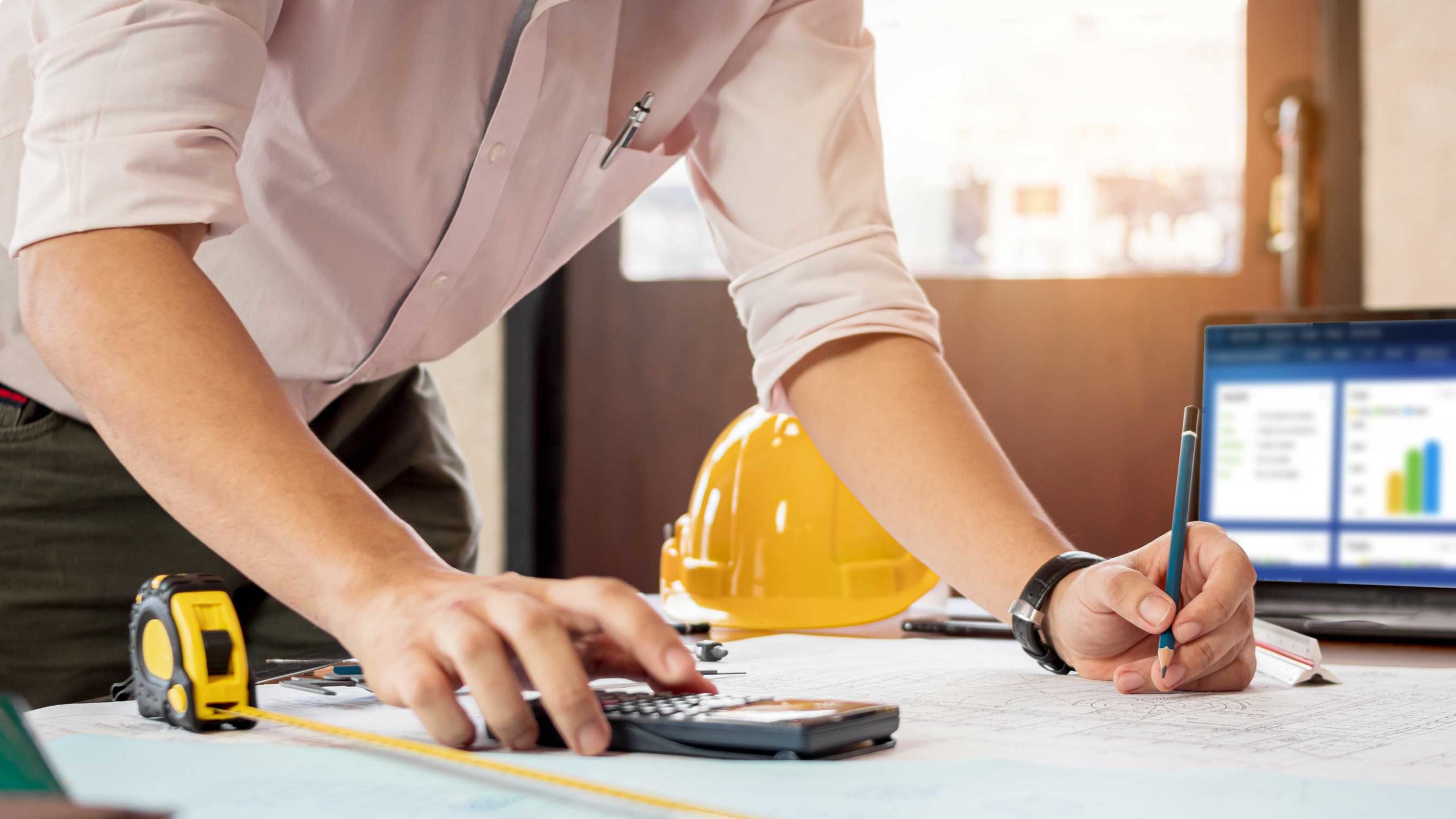
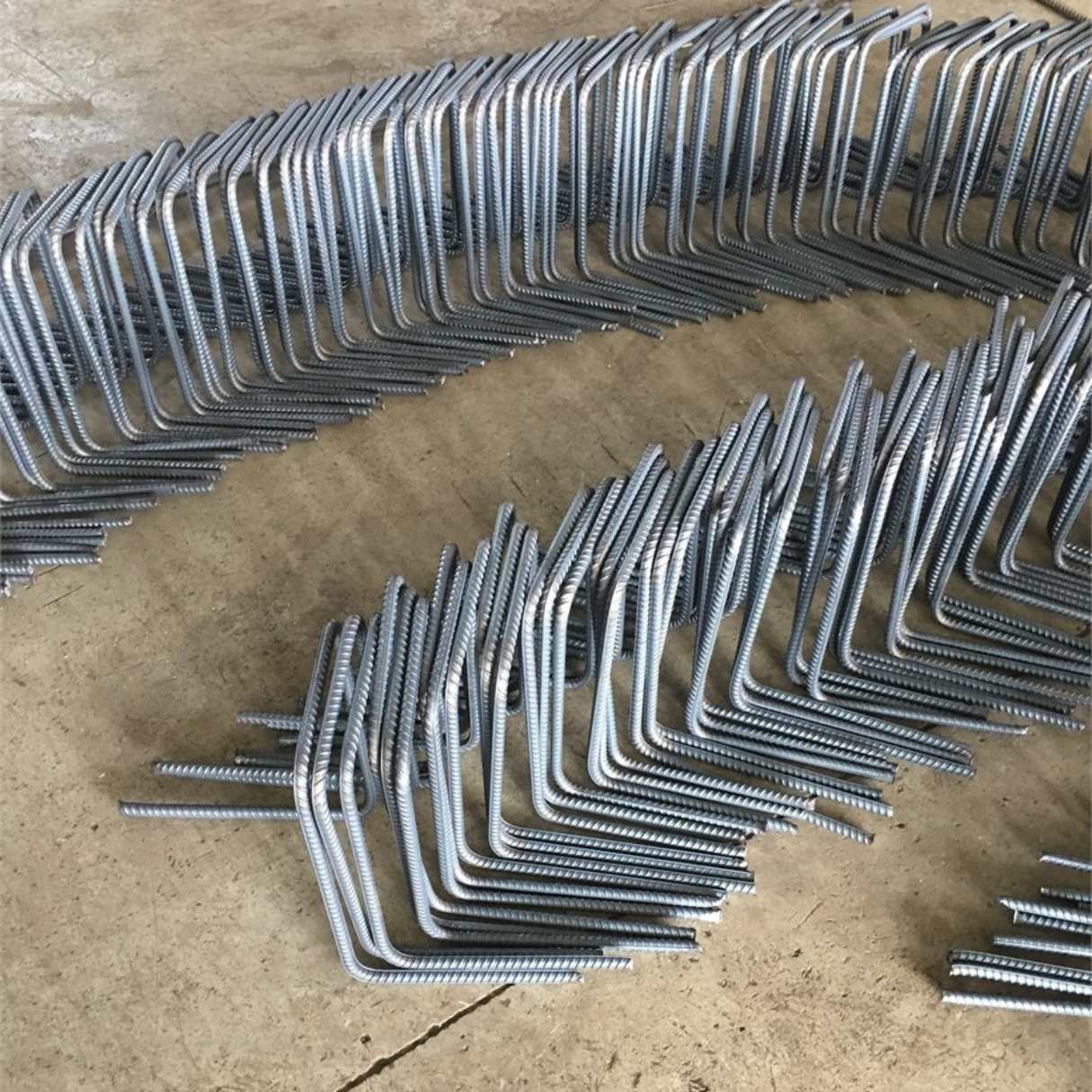
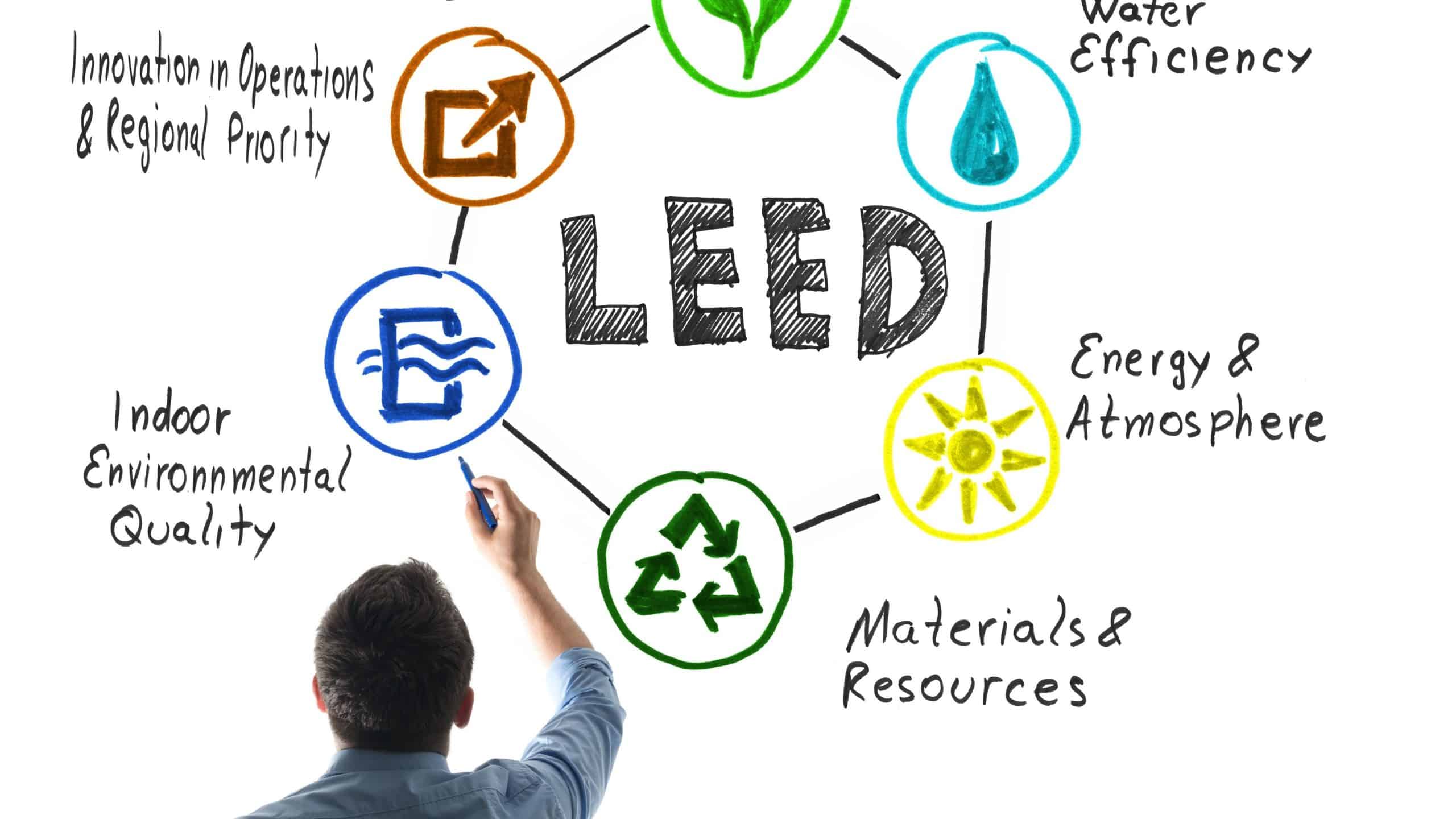
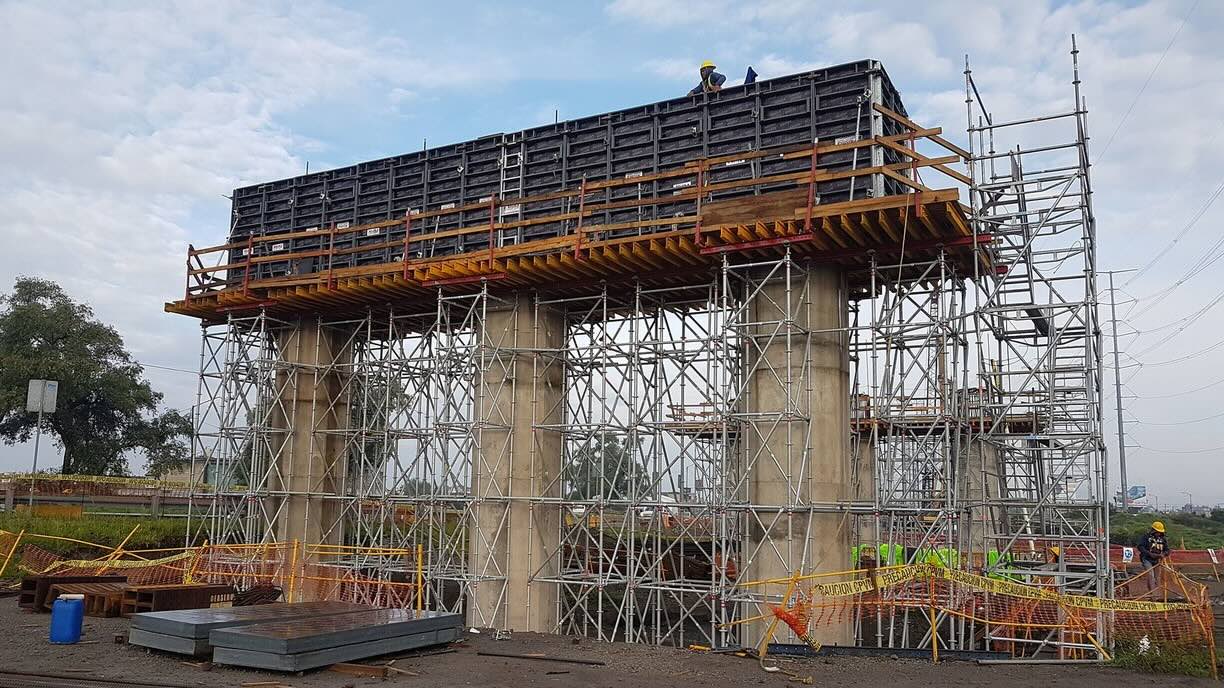
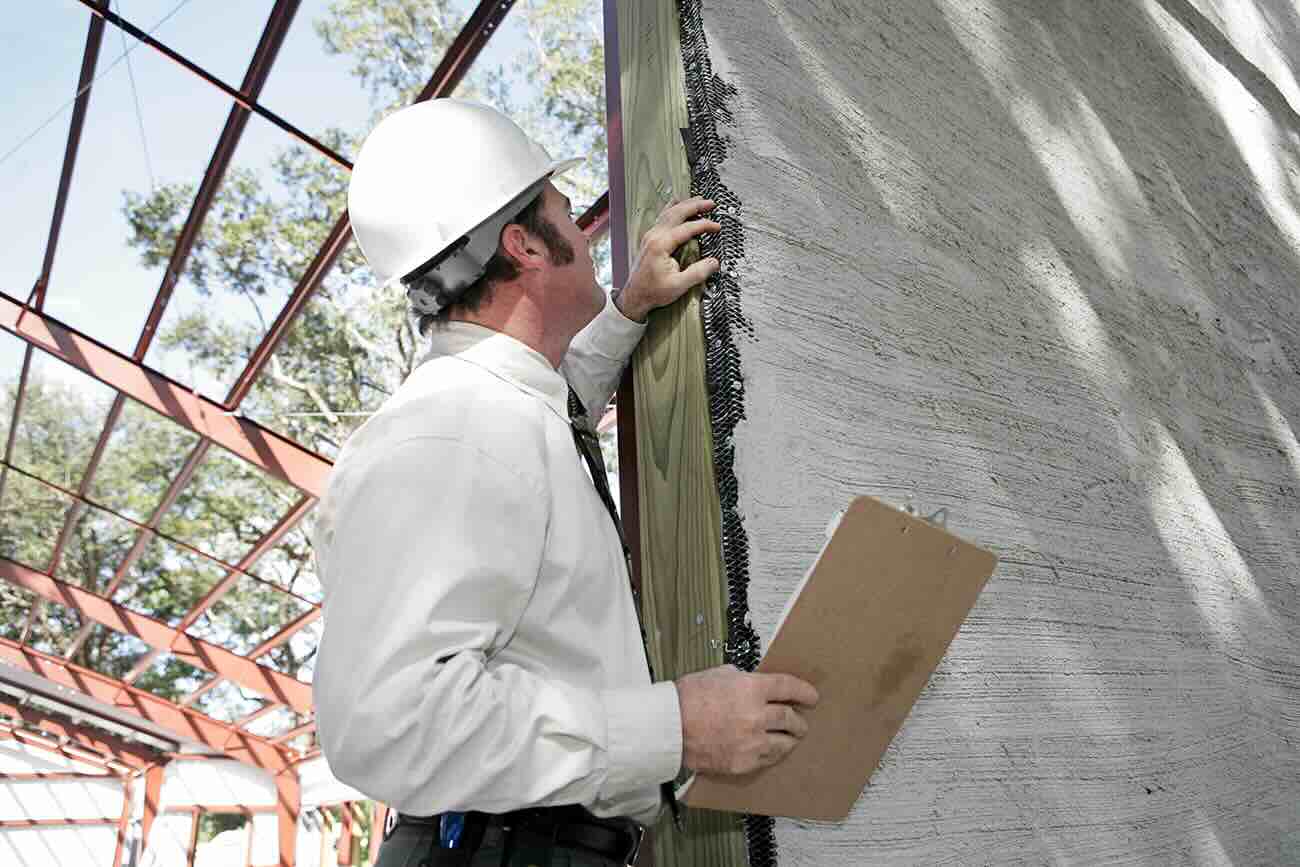


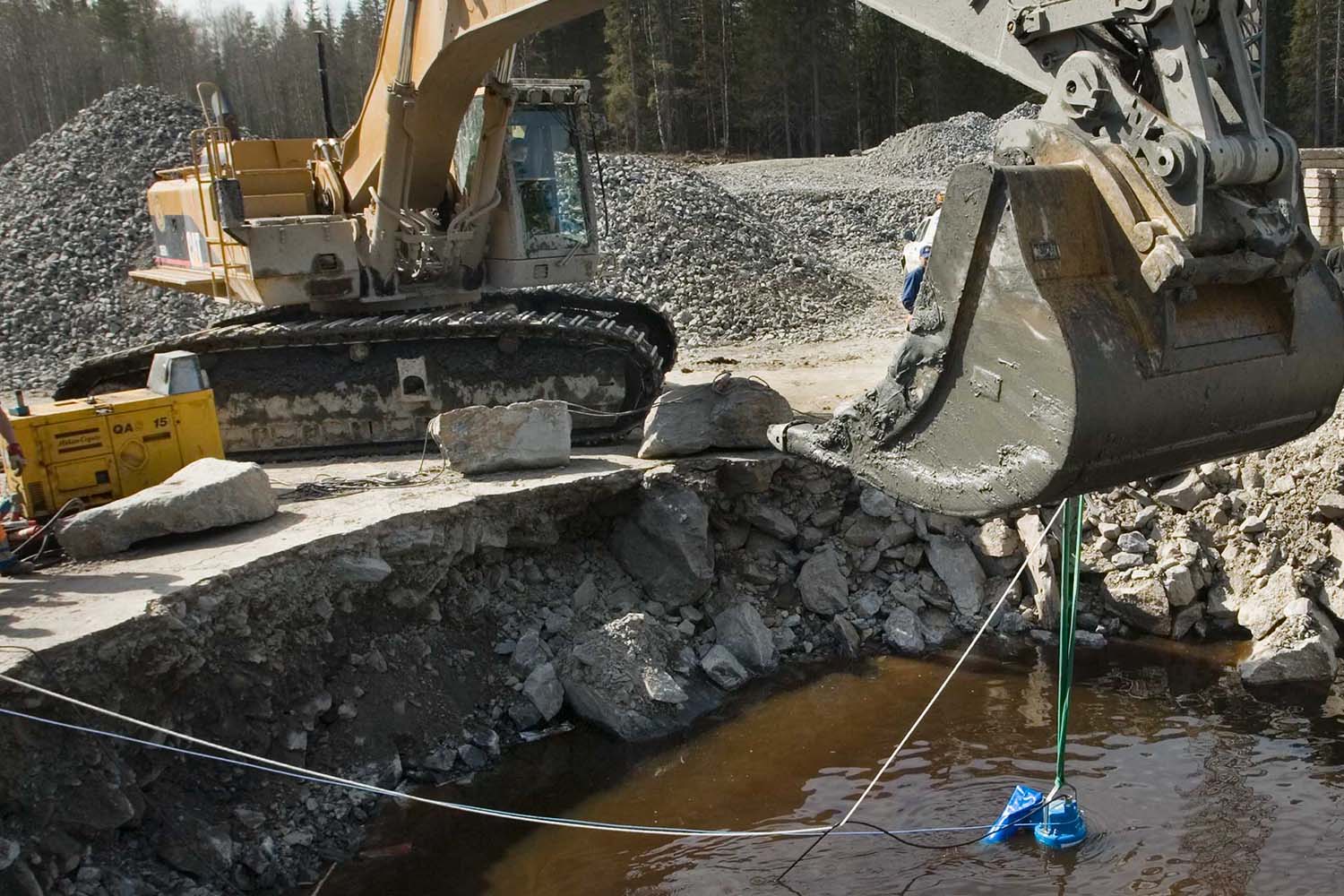
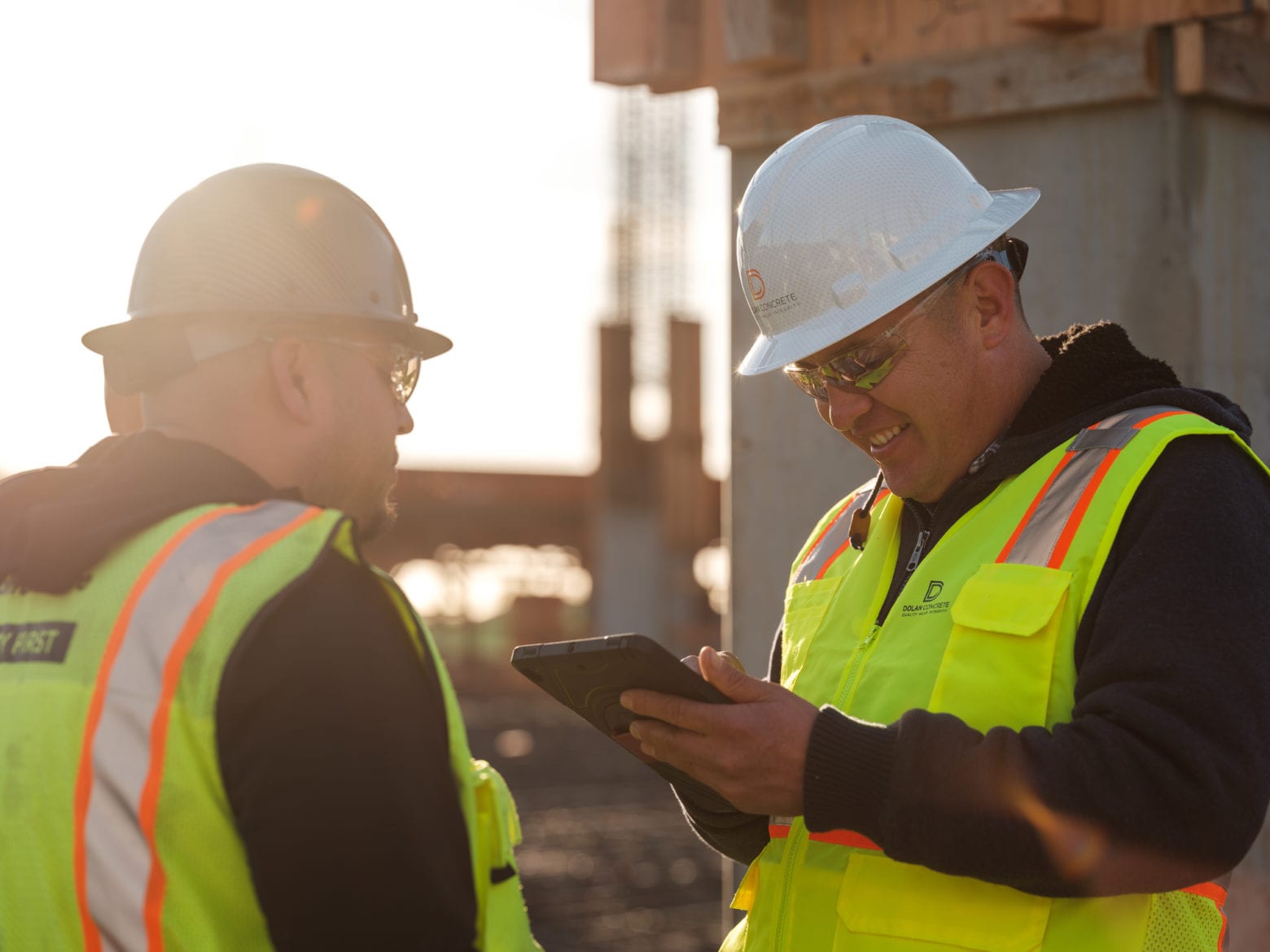

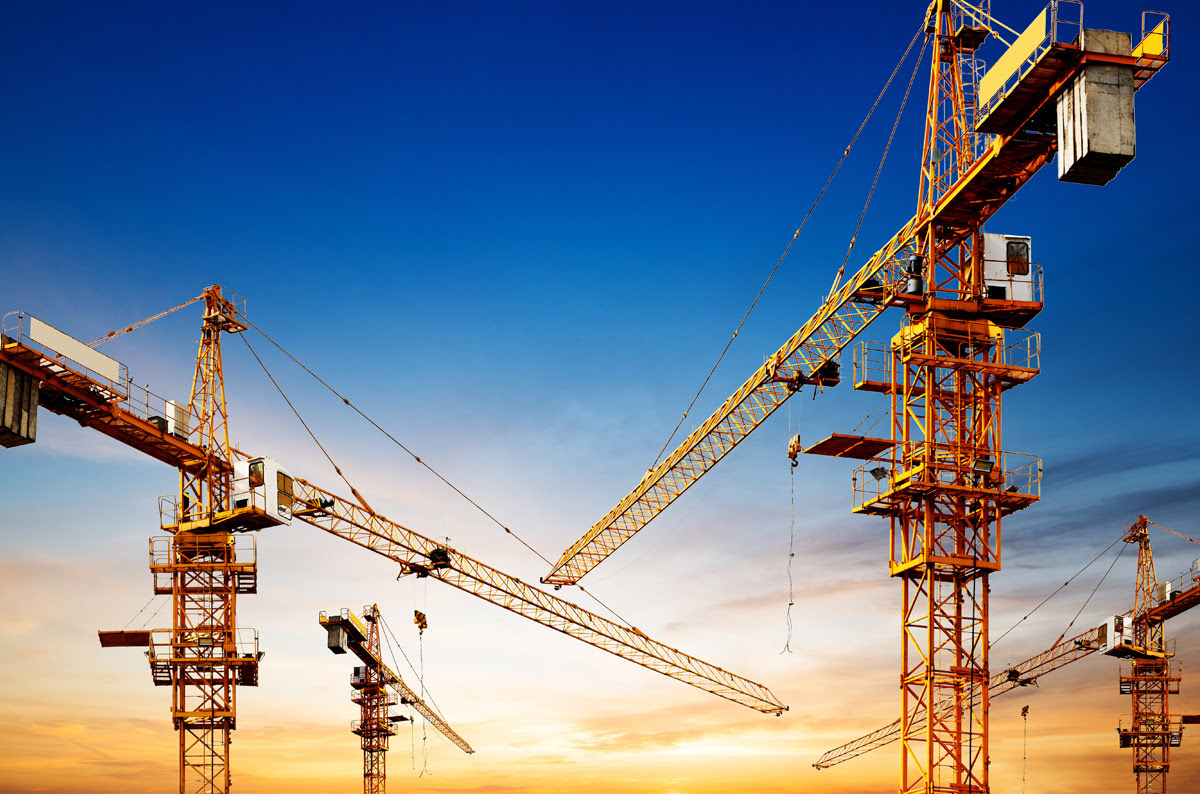


0 thoughts on “What Is Signage In Construction”